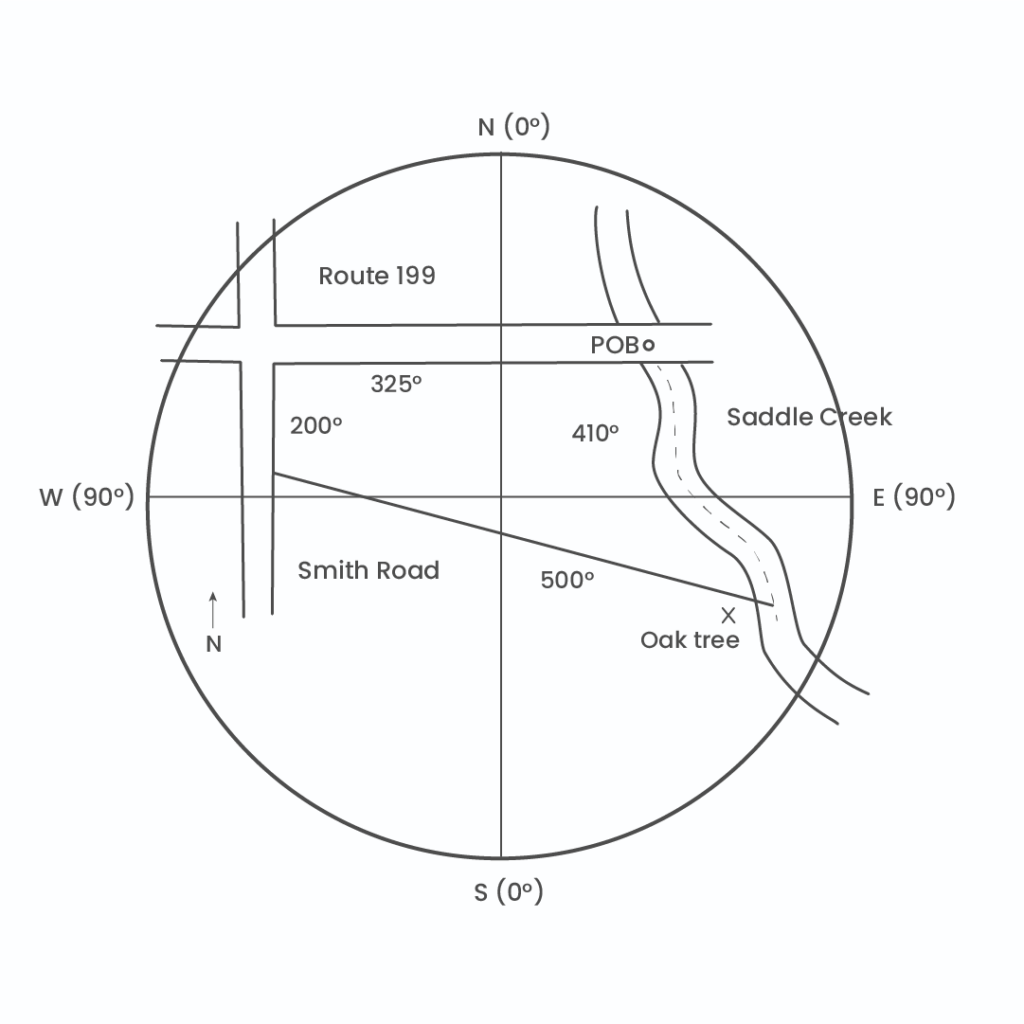
Understanding Legal Boundaries in Real Estate Properties
Real estate transactions involve various legal aspects, and one crucial element is understanding the legal boundaries that define properties. In this article, we will delve into the significance of legal boundaries in real estate and the implications they carry.
Defining Legal Boundaries
Legal boundaries are the parameters that delineate the extent of a property. These boundaries are legally established and play a pivotal role in determining ownership rights, land use, and property development. They provide a clear demarcation between one property and another, preventing disputes and conflicts among landowners.
The Importance of Accurate Surveys
Accurate surveys are fundamental in establishing legal boundaries. Professional surveyors use advanced tools and techniques to measure and map the precise boundaries of a property. This survey information is then documented and becomes an essential component of the legal description of the property.
Implications for Property Ownership
Understanding legal boundaries is crucial for property owners. It ensures that they are aware of the exact extent of their ownership rights and can make informed decisions about land use and development. Legal boundaries also play a role in property taxes, as the size and location of a property can impact its assessed value.
Resolving Boundary Disputes
Disputes over property boundaries can arise, leading to legal conflicts between neighbors or landowners. In such cases, the accurate documentation of legal boundaries becomes invaluable. Legal professionals may need to intervene, relying on survey data and legal descriptions to resolve the dispute and determine the rightful owner of the contested area.
Zoning Regulations and Legal Boundaries
Zoning regulations are closely tied to legal boundaries. Local governments establish zoning laws to regulate land use within specific areas. These regulations often dictate the type of structures that can be built, how land can be utilized, and the setbacks required from property boundaries. Understanding legal boundaries is essential for compliance with these zoning regulations.
Preserving Easements and Rights-of-Way
Legal boundaries also encompass easements and rights-of-way. These are rights granted to individuals or entities to use a portion of another person’s property for a specific purpose. Whether it’s for utilities, access, or other needs, these legal encumbrances must be acknowledged and respected by property owners.
Title Insurance and Boundary Coverage
When purchasing real estate, obtaining title insurance is a common practice. This insurance often includes coverage for boundary issues. It provides protection for the property owner in case a boundary dispute arises after the purchase. Clear documentation of legal boundaries is crucial for a smooth title insurance process.
Ensuring Compliance with Legal Requirements
Developers and builders must adhere to legal boundaries when planning and constructing structures. Failure to comply with these boundaries can result in legal consequences, including fines and the possibility of having to alter or remove structures that violate property lines.
Professional Guidance for Legal Boundaries
Given the complexity of legal boundaries and their implications, seeking professional guidance is advisable. Real estate attorneys, surveyors, and title professionals can provide invaluable assistance in ensuring that legal boundaries are accurately understood and documented.
In conclusion, a clear understanding of legal boundaries is essential for all parties involved in real estate transactions. From property owners to developers and legal professionals, acknowledging and respecting these boundaries is key to a smooth and legally sound real estate experience.
For more information on Legal Real Estate Boundaries, visit this link.

:format(webp)/article/xTLzRJG-gTamGTMwMo8fD/original/1666340104-Mengikis-Stigma-Masalah-Kesehatan-Mental.jpg)







